
How does one honor their own land, home, and heritage? How does one show Filipinism or let onlookers know what “Filipino” is in art and in architecture? In the experience of UST’s interior design professor, interior designer, and cultural heritage restorer Mary Ann Venturina Bulanadi, this can be done through the retelling of a home’s story through adaptive reuse or heritage restoration. In an interview with the curator of Bahay Nakpil-Bautista, professor Bulanadi goes through the architecture and history of this famed ancestral home and what its restoration can do in the present-day Philippines.
What can restoring heritage sites do for a country?
Restoring heritage sites can help us establish the identity of our country. This can further remind us of our love for our nation. Filipino heritage and identity can be found in historic structures and spaces. Its tangible and intangible values tell us something about who we are as Filipino.
When you restore heritage sites, you help keep the identity of the place intact as these structures act as a landmark. Imagine, for example, if the experts failed to restore the San Sebastian Church. We would have lost a prime example of the gothic revival style and the only steel church in the country. We would have lost the actual structure that holds the cultural and personal memories of old Manila. It is our mission as interior designers, architects, and cultural heritage workers to help uphold and preserve this part of our identity through sustainable means.
Thinking about the new normal, adaptively reusing old structures find new life and new uses so they remain relevant to the present time. This is one way of remembering the past while bringing it into the future. The tangible heritage (historical and even modern buildings more than 50 years old) are vital to the upkeep of the cultural significance of our nation, the Philippines.

But in order for us to bring these structures into the future, we must do it properly. For example, when doing adaptive reuse, we study a heritage house as a community asset by looking at its contributions to the community and doing an assessment of its past and current projects. Then we also look into further potential for adaptive reuse that could enrich the significance and value of the space. But it takes implementing the right processes for both documentation and assessment to recognize an adaptively reused heritage house as a community asset. The development of comprehensive indices for historic spaces in the Philippines may be able to help in this regard.
It is essential to devote our resources to the restoration of our tangible heritage, which will confirm that we can keep relishing and acquiring knowledge from these structures for more years and the next generation also.
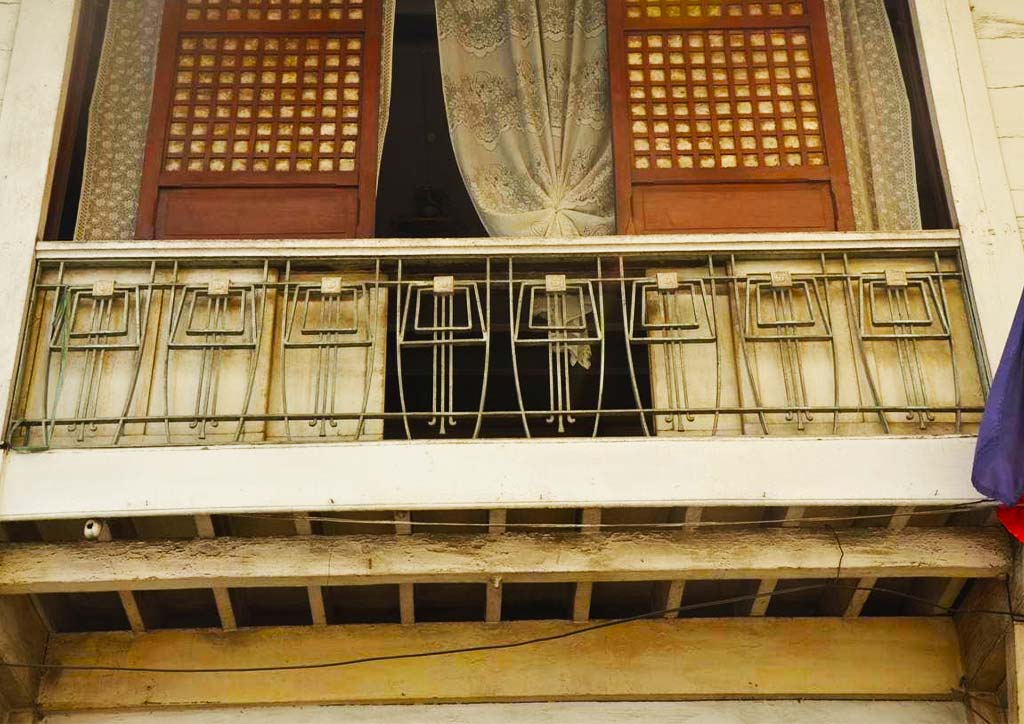
For you, what is Filipinism in Architecture and Design? Is the “term” acceptable to be categorized in defining Filipino craftsmanship and artistry? As a designer, how do you promote it?
You might be referring to “what is Filipino” in architecture and design. Since our culture is a product of our history, heritage, and influences from other cultures, my idea of showing how one is Filipino through architecture and design is by honoring existing heritage structures that are significant to the country. This idea has been in my mind ever since I incorporated the concept of adaptive reuse into my work as an interior designer and curator. Adaptive reuse enables us to provide a solution that is rooted in the past and looks forward to the present.
An example is our work for Bahay Nakpil-Bautista, where I currently volunteer as a curator. It is the ancestral home of the Nakpil-Bautista clan whose family members were artists, musicians, and members of the Katipunan. The house itself had been adapted from being a residential home to a heritage museum, with parts of the house functioning now as art spaces and venues for talks, lectures, and other heritage projects.
So when you say adaptive reuse, the house still stands and along with it, we have preserved its history and its significance as a prime example of the Viennese Succession style. By functioning now as a heritage museum, present-day visitors and the Nakpil-Bautista clan can use it as a space to gather and learn from our history and heritage in this part of Quiapo. We show what is Filipino by enhancing the existing structures and adapt them to present-day use–a process being done with Bahay Nakpil-Bautista.
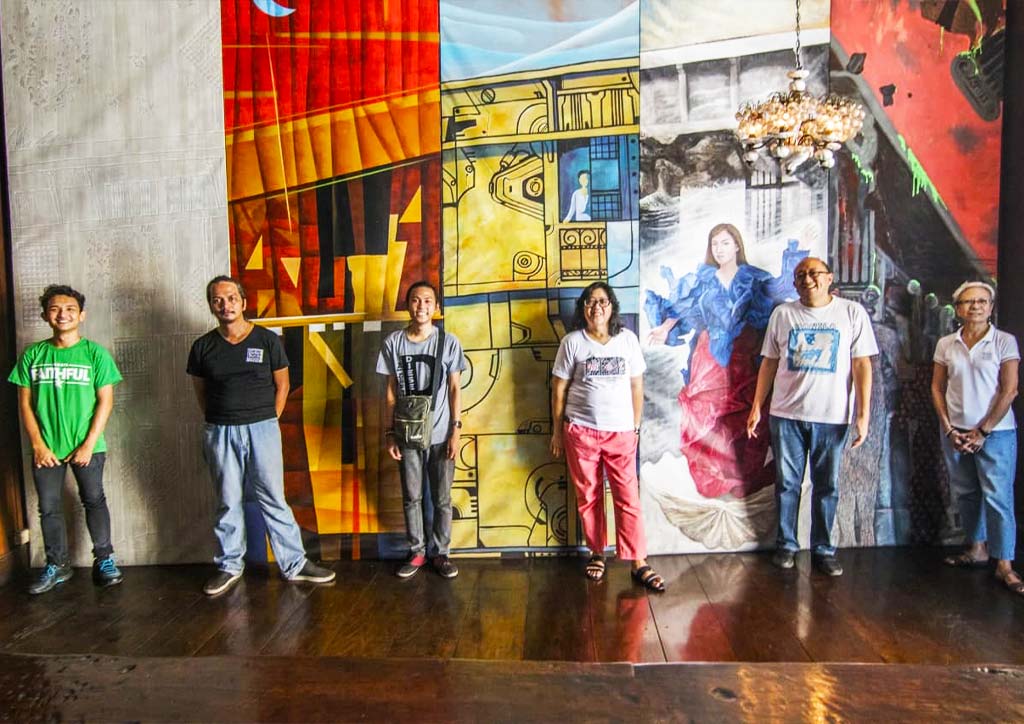
Photo by: Anson Yu
The concept of adaptive reuse entails that the structure continues its usage and is converted for its renewed uses. In my talks about adaptive reuse, I always emphasize that adaptive reuse is the most practical approach to manage heritage houses and historic structures. In her book, Adaptive Reuse, Extending the Lives of Buildings, the author Lilliane Wong talks about the concept wherein a house is destined to be either demolished, preserved or adaptively reused. She calls these the “three destinies.” I agree with her that in most cases, it is better to do adaptive reuse because in the long term, it is a more sustainable option.
Adaptive reuse helps preserve and highlight Filipino craftsmanship and artistry because the structure where these are displayed will still stand. As a designer, aside from my practice, it has been my way of promoting Filipino design through heritage structures. It has always been my advocacy to share what can be done for these structures but with the proper methodology to help keep the life of the existing building usable in the present day, thus also keeping being Filipino through the tangible architecture and its interior details.
Let’s talk about Bahay Nakpil
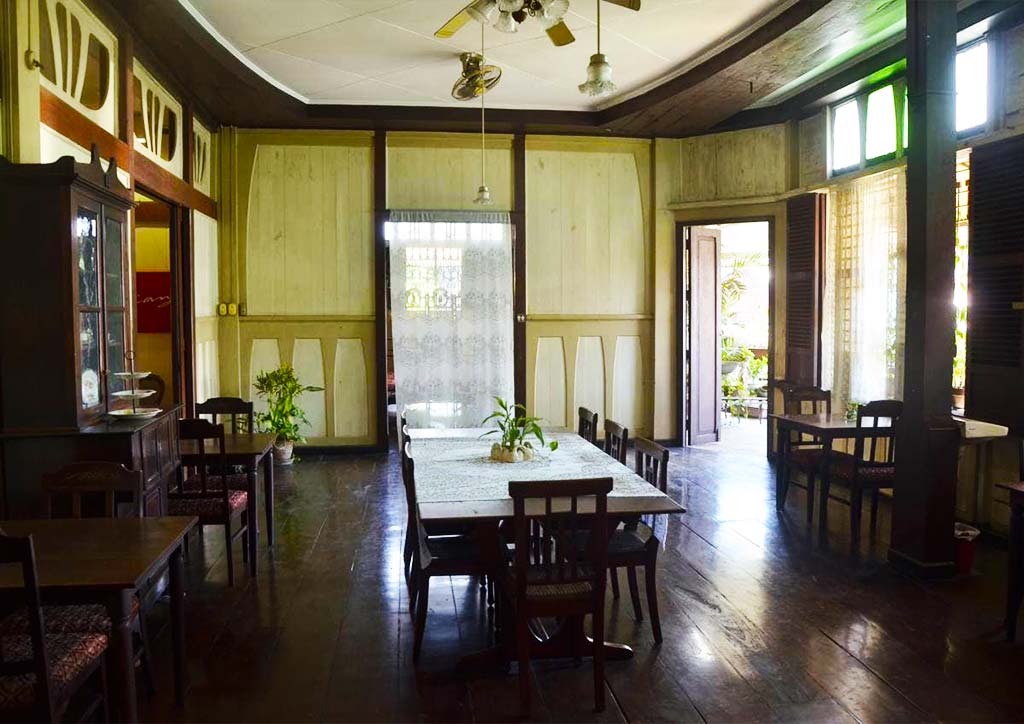
Bahay Nakpil-Bautista is one of the old, heritage houses in Manila that had been kept and is still in good condition till today. (It is already 107 years old since 1914). It is located in the heart of Manila, Quiapo. Throughout the years the Nakpil family was able to take care of the structure with help from family members, friends, volunteers, and other concerned people who took care of the structure (tangible) and the memories (intangible) that goes with Bahay Nakpil.
I was able to involve myself in Bahay Nakpil for more than 3 decades, at first as a visitor but around 2013, I was officially being consulted about their curatorial projects. In 2018, I proposed my dissertation topic which is the sustainability of Bahay Nakpil Bautista.
Currently, Bahay Nakpil is adaptively reused as a museum and heritage center in Quiapo. The rooms had been identified by the Bahay Nakpil Bautista Foundation, Inc. headed by Maria Paz Nakpil Santos Viola and Dr. Fernando Zialcita. Each area bears historical significance, and the highlight is the permanent exhibition at the zaguan area (ground floor) “Tahanan ng mga Katipunero” which was curated and opened during the 100 years celebration in 2014.
How significant is Bahay Nakpil’s restoration to the city of Manila and to Philippine Heritage?
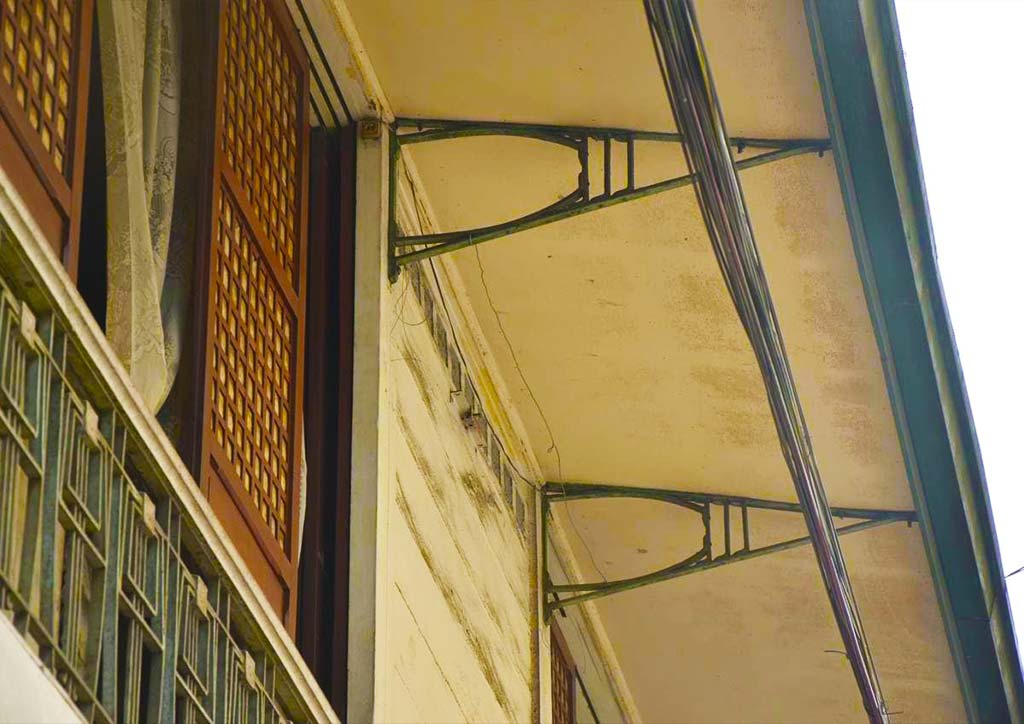
Bahay Nakpil Bautista is a heritage house located in the heart of Manila, Quiapo. The structure is highly significant in the following aspects and must be protected by its stakeholders and the community in which it exists:
Historical value: Bahay Nakpil-Bautista was home to Filipino revolutionaries, patriots, artists and musicians.

Bahay Nakpil-Bautista served as the residence of Dr.Ariston Linpingco Bautista, a known physician, patriot, philanthropist, and patron of the arts. In the line of medicine, he discovered a treatment similar to paregoric, which helped end the cholera epidemic that plagued the country in 1880. He also served as a physician to our national heroes. He was the founding President of Germinal Cigar and Cigarette Company. Dr. Bautista was husband to Petrona Nakpil–one of the first women artists in Quiapo. They did not have children but were generous to sponsor their nephew, Juan Nakpil (son of Julio and Gregoria) who later on became a National Artist for Architecture. Other former residents were Julio Nakpil, brother of Petrona, president of the Northern Council of the Katipunan, and a musical composer. He later married Gregoria de Jesus, widow of Andres Bonifacio, and organizer of the women’s chapter of the Katipunan. She was the “Lakambini” or First Lady of the Katipunan.
Cultural and economic value: Bahay Nakpil-Bautista was the home of fine jewelry makers. The original image of the Black Nazarene was also safely stored in its ‘zaguan’ area on the ground floor during World War II. Juan Luna’s painting, “Parisian Life” was displayed on the wall of the sala as it was a gift of Juan Luna to Dr. Ariston Bautista Lin. Presently, the Bahay serves as an arts and culture space for select events and activities for the community. In the past, Bahay hosted cultural performances, lectures, and discussions on history and heritage, art exhibits, and served as an activity area for the displaced children of Marawi. One of the rooms—the Joyeria Room was once the atelier of the family which was popular among clients as makers of fine, handcrafted jewelry from the 1900s to the 1960s. It now functions as an exhibition space, particularly as an art collector’s den which featured a mural made by local artists. It was sold at auction to help fund the maintenance expenses of the house. In terms of economic value, the house earns some of its income in order to continue maintenance of the house through paid photoshoots and events that remain respectful to the history of the place.
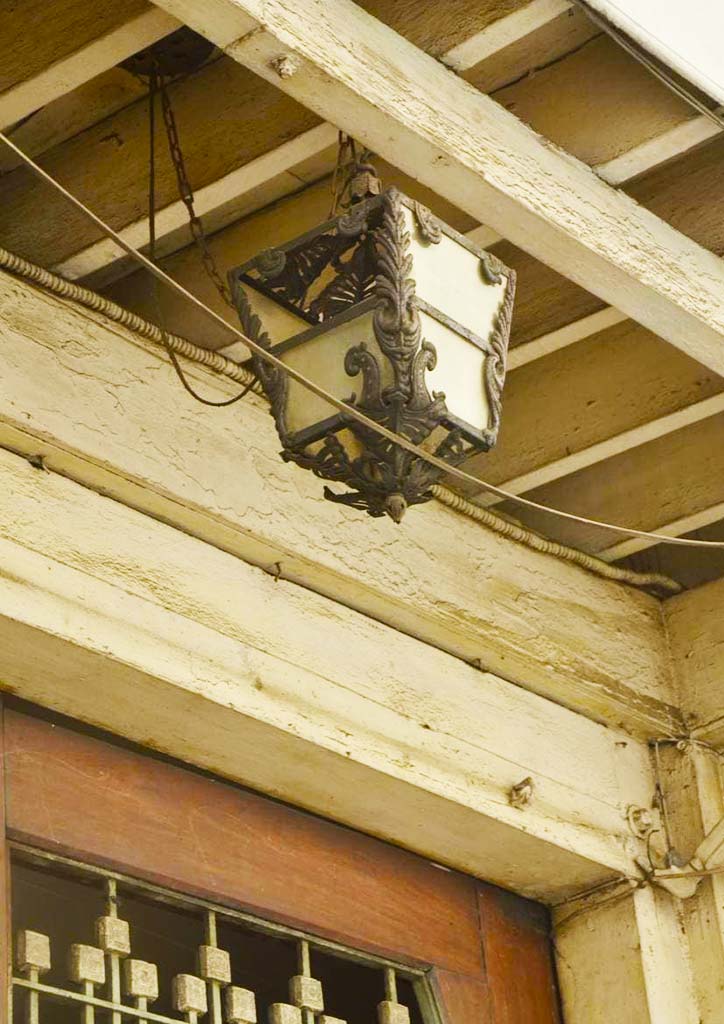
Architectural and aesthetic value: The architectural style of Bahay Nakpil-Bautista is notable for its blend of the colonial Filipino house (Bahay na bato) which remains intact to this day. Some of the house’s design motifs feature the Viennese Secession–an art nouveau style inspired by the Viennese furniture set given to the family.
Social value: The house now serves as a heritage museum and strives to be sustainable through adaptive reuse measures making it an exhibition space for events and community projects. It is significant within its entire Quiapo community since it’s actively used by fellow community organizations like the Bukas Quiapo and Kapit-Bahayan. Its good relationship with other local universities and cultural institutions like that of NCCA and the University of Santo Tomas also made its presence relevant in the social circle. In its pristine condition, Bahay Nakpil-Bautista is the best example of adaptive reuse in Manila.
Were there any challenges faced during its construction and curation? How did you solve them?
Funding is the usual challenge in any project like adaptive reuse. The Bahay Nakpil Bautista Foundation., Inc. (which is composed mostly of family members) had been doing fundraising to help in this particular concern. There had been dedicated volunteers who assist with daily maintenance such as cleaning and serving as tour guides for visitors. There are also expert and advice consultants from professional volunteers like myself (Adaptive Reuse and Exhibition Design since 2013) and Prof. Alexandra Chua, Ph.D., UST (Music, currently working with her on the musical compositions of Julio Nakpil). We both work for the sustainability of the tangible and intangible heritage of Bahay Nakpil.
In terms of curation, we always return to the history of the house and its residents so that the new functions given to each room continue to respect the past while it stays relevant to the needs of the current times. Currently, we are re-curating the major spaces, most especially the Julio Nakpil room on the mezzanine where the musical compositions had been interpreted in visual arts form. There are plans to revive the old kitchen and we hope that when the pandemic ends, we could begin implementing the concepts and ideas for it.
How does Bahay Nakpil promote Filipinism to the new Generation?
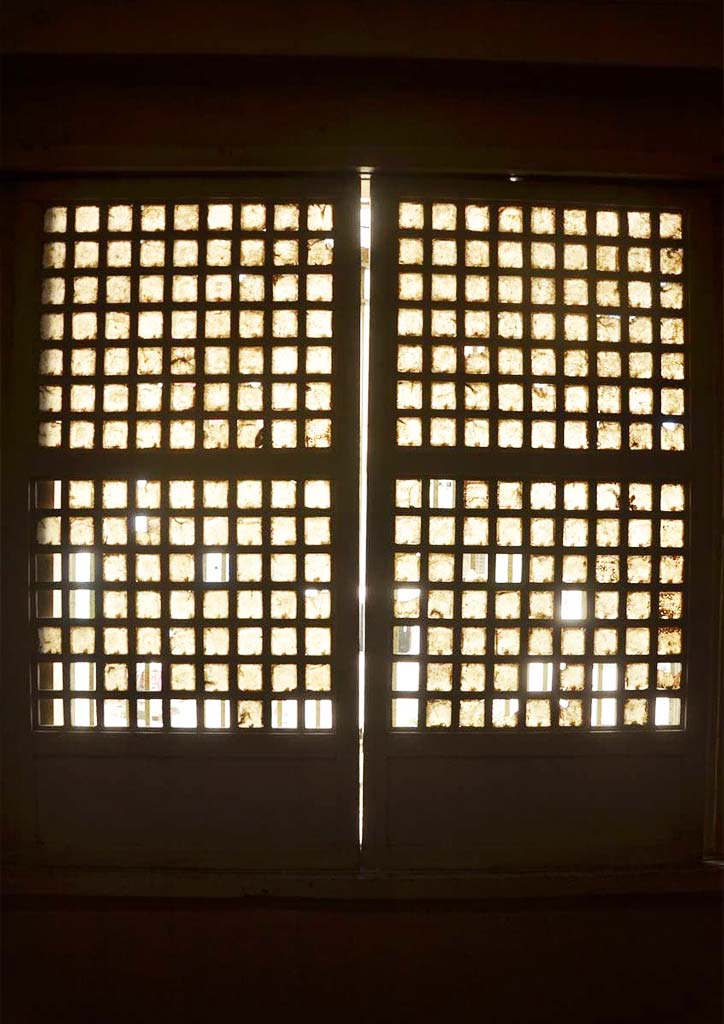
The promotion of Filipino architecture is to adaptively reuse old and modern architecture buildings in order for the new and future generations to see. In the case of Bahay Nakpil-Bautista, the steps had been planned well and weaved so it can still promote Filipino architecture even in these trying times.
When I studied the case of Bahay Nakpil-Bautista for my dissertation on adaptive reuse, the morphology of the house was composed of four periods of development. Its original function as a house was the residential period, followed by the commercial period (when some of the rooms were rented out), then it reached its institutional period between 1996 to 2012 when it gradually transformed into its heritage and tourism function. To date, it is still in its institutional period but this time, the focus is on sustainability such that its projects must be sustainable so that the structure continues to be maintained and sources of funding remain accessible.
This is how the house promotes being Filipino in architecture and design to the new generation. By serving as a space that showcases the various significance of the house including its Filipino design elements. Sustainability is important because it is the only way for the new generation to know their past because we get to preserve it for them. The Bahay Nakpil-Bautista Foundation has been encouraging the younger generation to be involved with the house through fundraisings for its continued upkeep and dialogues so that the elders pass on their legacy to the next generation. Bahay Nakpil serves as a reminder of Quiapo’s culture and serves as an interesting part of the evidence of Philippine history and heritage.
About Mary Ann Venturina Bulanadi
A certified local designer, IDr. Mary Ann Venturina Bulanadi, PHd., is studded with several different titles and accomplishments. While she serves as a faculty member of the UST’s Interior Design Department (UST-CFAD), she is also a Research Fellow at the UST Research Center for Culture, Arts and Humanities (UST-RCCAH) and is a special lecturer for the Philippine School of Interior Design (PSID). Currently, she is the Council of Interior Design Educators (CIDE)’s director for research and publication and is the head of the Committee on Cultural Heritage of the Philippine Institute of Interior Designers (PIID-CCH). Her field of specialization includes Curatorial and Exhibition Design, which also includes Curating for Historic Interior Spaces.


